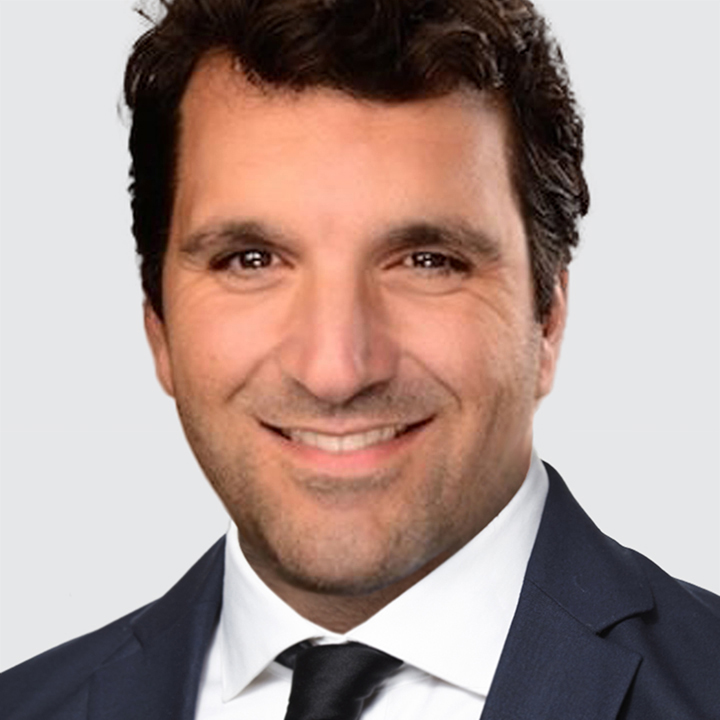US
USD and 10-year Treasuries weakened after President Donald Trump said he was firing “for cause” Fed Governor Lisa Cook “effective immediately.” Cook responded that Trump has no authority to fire her, and she won’t quit. The USD pullback proved short-lived, with the greenback a little firmer versus most major currencies, as Trump’s effort to remove Cook was already in motion since mid-August.
Regardless, political interference with the Fed’s independence spell trouble for the dollar. Cook's exit from the Fed ultimately gives Trump greater opportunity to tighten his grip on the central bank by appointing a replacement aligned with his dovish monetary policy agenda.
A handful of second-tier US economic data are due today: August Philadelphia Fed non-manufacturing activity; July durable and capital goods orders; June FHFA house price index; June S&P CoreLogic 20-city and US HPI; August Richmond Fed manufacturing index and business conditions; August Conference Board consumer confidence; August Dallas Fed services activity. We also get a fresh update of the Atlanta Fed GDPNow model later today. As of August 19, the model estimates Q3 annualized growth at 2.3%, down from 2.5% on August 15.
FRANCE
EUR/USD is holding above support at 1.1600. The French government is on the verge of collapse which is a headwind for EUR. Prime Minister François Bayrou said yesterday he will call a confidence vote on September 8 over his plan to tackle France’s fiscal woes. Bayrou is targeting €44 billion in spending cuts for 2026, freeze pensions/benefits/tax brackets, cap spending, and scarp two public holidays.
Leaders from both the far-left France Unbowed and far-right National Rally, have already vowed to support toppling the government. The Socialist Party, on whose vote Bayrou's fate largely lies, said they wouldn’t support a vote of confidence.
10-year French OAT- German Bund yield spreads widened 5bps to 75bps, the highest since April. If Bayrou loses the upcoming vote of confidence, President Emmanuel Macron can either appoint a new prime minister that has the support of a fragmented parliament or call snap parliamentary elections. French political uncertainty may further widen OAT-Bund spreads but it’s unlikely to weigh meaningfully on EUR as the situation remains country-specific and not systemic.
AUSTRALIA
AUD/USD dipped slightly but remains within its multi-month 0.6400-0.6600 range. The RBA minutes of the August 12 policy meeting suggests more easing is in the pipeline. At that meeting, the RBA delivered on expectations and cut the policy rate 25bps to 3.60%. The decision was unanimous. The minutes stressed that “some further reduction in the cash rate over the coming year” appeared likely and flagged that the pace of decline in the cash rate will largely be driven by labor market conditions.
According to the minutes, a slightly faster reduction in the cash rate over the coming year would be appropriate if the labor market turned out already to be in balance. In contrast, a gradual easing pace may be warranted if labor market conditions remained a little tight relative to full employment. Australia’s July labor force report showed solid full-time job gains and argues for a gradual easing path, underpinning AUD. The next jobs print is due September 18 and will be a key driver of RBA rate expectations. Cash rate futures currently imply 55bps of easing in the next 12 months.
SWEDEN
SEK ignored the minutes of the Riksbank’s August 20 policy meeting. At that meeting, the Riksbank left the policy rate unchanged at 2.00% (expected) and reiterated that it “still sees some probability of a further interest rate cut this year.” The June Monetary Policy Report sees the policy rate at 1.92% by Q4 2025 before bottoming at 1.88% by Q1 2026. The swaps market price-in one 25bps cut and the policy rate to bottom at 1.75% over the next 12 months. Bottom line: the Riksbank is near the end of its easing cycle, limiting SEK downside.
HUNGARY
National Bank of Hungary is widely expected to keep rates steady at 6.50% (1:00pm London, 8:00am New York). At the last July 22 meeting, the bank decided unanimously to leave the base rate unchanged at 6.50%, marking the 10th consecutive hold since cutting rates 25bps in September 2024.
The bank showed no signs of departing from its hold stance warning that “For the rest of the year, inflation is expected to stay above the central bank tolerance band [3% +/-1%]” The swaps market price-in steady rates the next three months and 40bps of easing over the next twelve months. Regardless, Hungary’s positive real interest rates and current account surplus (1.7% of GDP in Q1) will continue to underpin HUF.

